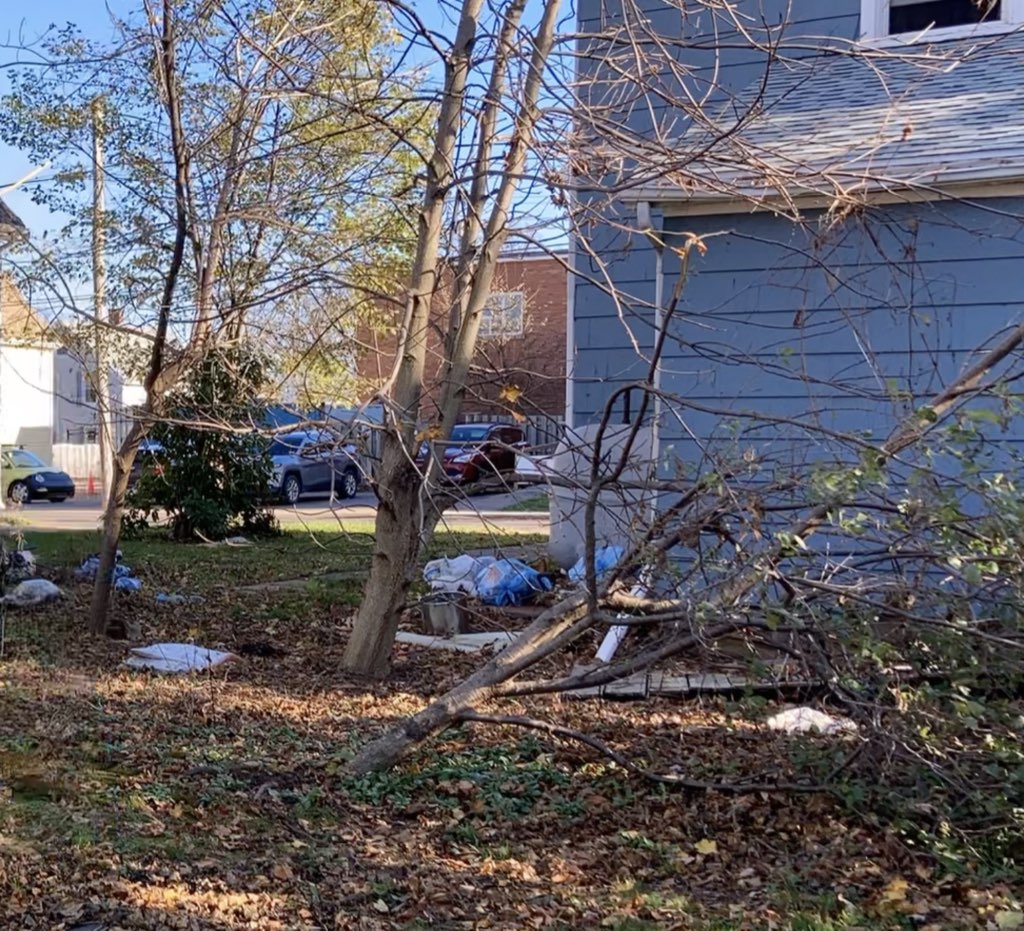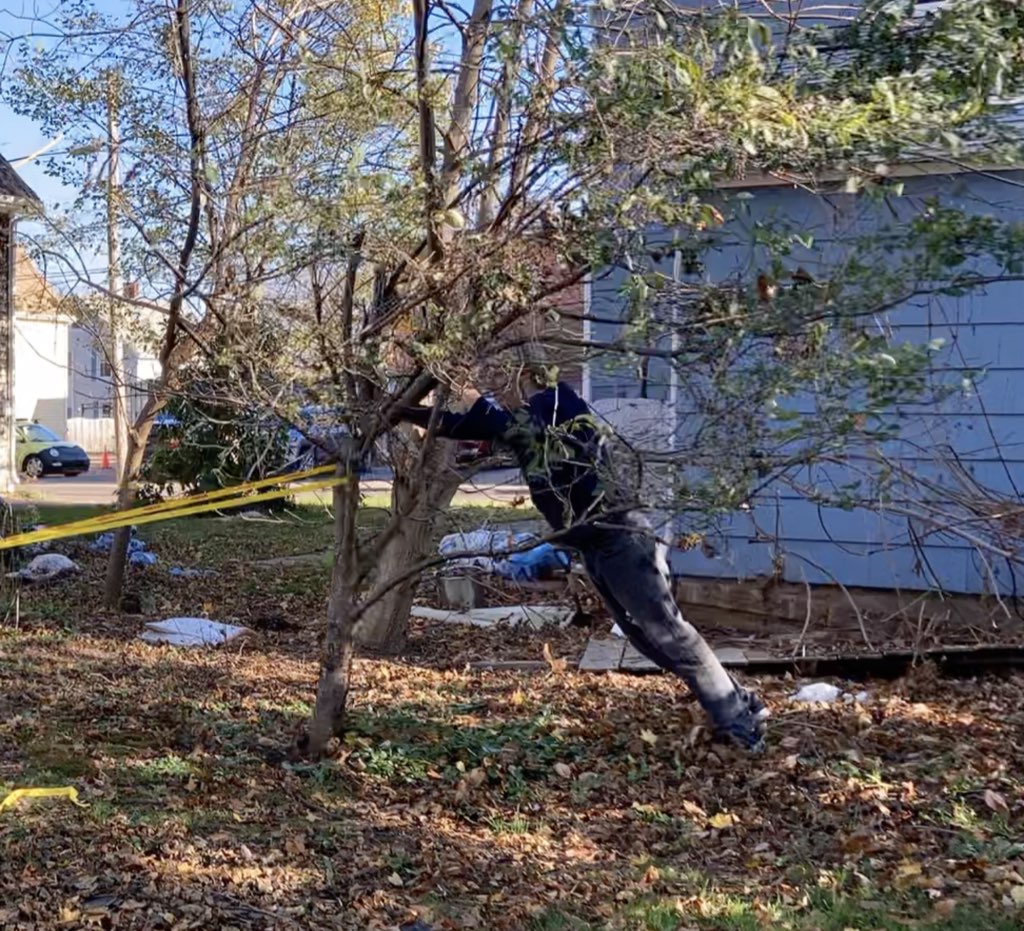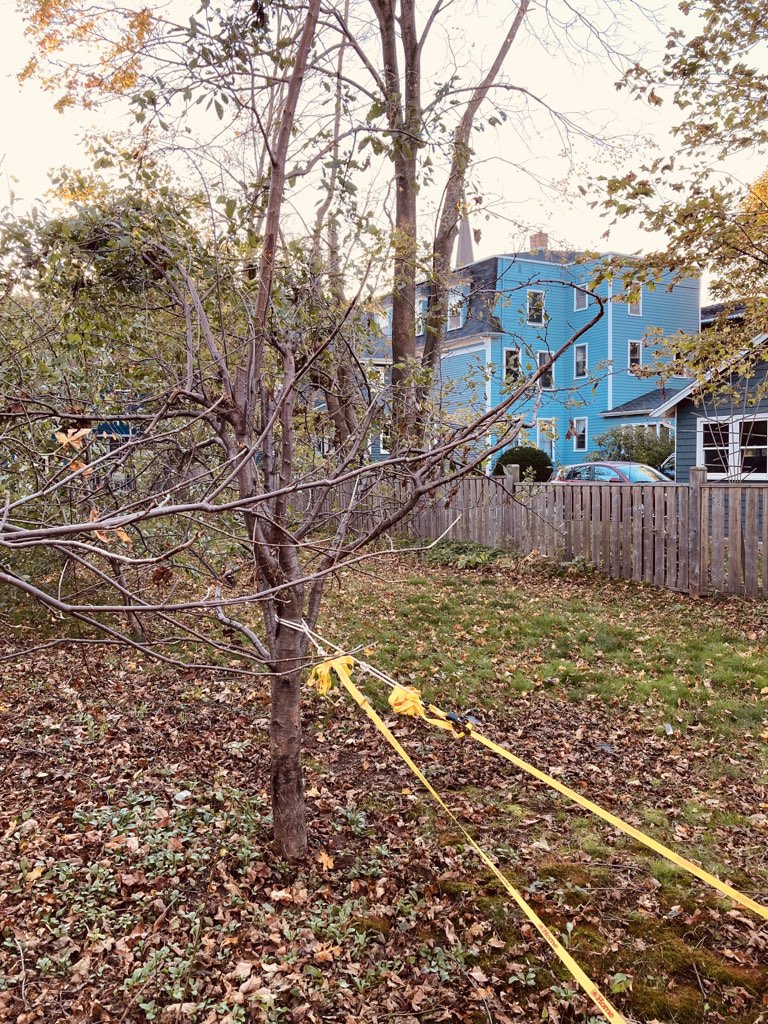The Favourites page that I set up in 2019 to automatically generate from the RSS reader, stopped working in mid-July when I moved my RSS reader to a new host. I’ve patched things back together, so you’ll find all sorts of fresh favourites to enjoy, and, if you subscribe by RSS, your feedreader will suddenly be filled with a torrent of them. Apologies for the drought.
Recorded for the 2020 Celtic Colours, These Hands, featuring English, Mi’kmaw, Gaelic, and French by Dave Gunning, Darren Stevens, Mary Jane Lamond, Nicole LeBlanc, and Kaia Kater.
Link from my old friend Eve, who, among other things, will teach you ukulele and guitar.
By way of trying out Sane, I pulled some information from the PEI Home and School Federation candidate profiles for the Public School Branch trustee elections and put it in a graph.
It was a helpful exercise: not only did I learn a lot about the candidates—there are some estimable people standing for trustee—but I got a chance to get frustrated by, and excited about, Sane. I’ve signed up for a product walk-through tomorrow with an eye to expressing both.
Ida Josefiina, in Me (a brief history):
I moved to Shenzhen, China as a desperate attempt to immerse myself in the unknown. I wanted to feel like I was drowning in a pool of unfamiliarity and novelty, deprived of the air that was my known reality.
Hurricane Fiona spared our apple trees, and, indeed, almost spared the plum tree but for the large Norway maple that fell on top of it.
The plum tree wasn’t snapped, however, and its roots stayed in the ground—it was simply smushed down from its regular 90º to the ground down to something closer to 20º.
With the help of our neighbour Doug, and some tie-down straps from Home Hardware, Lisa and I righted the tree, and lashed it in place at the original 90º, with hopes that nature will now take over and allow it to bear fruit another day.
Here’s its journey, from downed:

To raising it up, with Lisa’s help (it’s her arms and knees on the left!):

To holding the tree upright so that Lisa could ratchet it into place:

Here’s where it rests now. Godspeed, plum tree!

Norman and Heather have been neighbours, up the street in the brick building — “Peter Ghiz’s old office,” in Island parlance — for as long as I can recall. They’re dog people, and so they are ubiquitous in a way that only dog people are in a neigbourhood: I likely say hello to one or the other or both of them every day, sometimes more than once, as they walk Brandy, their current dog (“Whisky, Slivovitz, Tequila… Brandy! goes my thinking process every time I need to recall Brandy’s name). Heather and Norman’s building is at the far northern reaches of the C1A 4R4; in early-pandemic, during the creativity surge, Norman was a helpful postal facilitator for the neighbourhood newsletter.
Heather and Norman are moving out of the neighbourhood this weekend, heading farther downtown, into the ‘4J7; I will miss their smiling faces and neighbourly chats, and hope that their canine strolls take them north from time to time.
From 1994 to 2000 we lived in a little house on the Kingston Road.
One day I was at home alone.
There was a knock on the door. A disheveled man was standing there when I answered; he asked if he could use the telephone.
I invited him in, showed him to the phone. He proceeded to conduct real estate business for what seemed an interminably long period; I don’t recall quite how long, but it was certainly longer than the generally accepted limit on telephone usage in a stranger’s house.
That man was Eddie Rice.
Over the years that followed Eddie came into my life in innumerable ways: he was my city councillor for 8 years (instrumental in getting new lights installed at an important intersection near to my heart); he led the effort to move all residences in Charlottetown from flat-rate to metered water; he was the real estate agent that sold my brother his first home, sold my neighbours theirs.
And, as my first meeting hinted, Eddie was, above and beyond anything else, a character. Irascible, profane, gentle, kind, honest (often too much so). He would often pull his car over if he saw me walking down the sidewalk, and have a chat; I thought this was something I benefited from uniquely until I talked to others and learned it was his metier (and that he’d often relay the stories of stop number one to the people of stop number two).
Eddie had strong opinions about downtown Charlottetown and its preservation, and feared — as some might argue has happened already — that we downtown livers would become primarily animatronic characters in a Disney-like heritage pageant put on for the benefit of cruise ship passengers.
What may have got lost in Eddie’s colourful, acerbic shuffle is that he was a very effective city councillor: engaged, in tune, opinionated, forthright, by times cooperative. He got things done.
He will be missed.
Tyler Crane was a presence in our Saturday morning life for years and years: behind the counter (or out in front) at Riverview Country Market, he was universally helpful, funny, kind, generous, a case study in how to be a gentle, present human being.
Tyler died on October 21.
And the thing about that is that until I read the announcement of his death, I didn’t know his name.
Scores and scores of interactions, and I’d never thought to ask.
I should have: it would have only been right to be able to say “thanks Tyler!” when he offered a bag, made a particularly good cappuccino, told me about the night market, filled my laundry soap container for me, gave me the inside scoop on the Ritter Sport chocolate deliveries.
I can’t change that. But I can change the future, and how I behave in it.
And so, in Tyler’s memory, I’m going to start asking people their name.
This morning at The Shed I asked the barista who’s made me some excellent iced lattes this week for his (it’s Adrian—he’s the fellow with the hat).
And, even (or especially) if it’s awkward, I’ll keep at it.
It’s a little thing, but it’s a human thing, and it seems like a helpful way to allow Tyler’s spirit to carry forward.
Excuse me, can you tell me your name?
To be able to volunteer in public schools in Prince Edward Island, policies now dictate that a criminal record check be completed:
6.1 A person wanting to volunteer in a school is required to provide the school principal with a valid Criminal Record Check with a Vulnerable Sector Inquiry (CRC/VSI) prior to volunteering.
This is a new requirement since Olivia was a student (or one that was routinely ignored?): I served as a volunteer innumerable times at Prince Street Elementary and Birchwood Intermediate, running movie nights, selling brownies, facilitating Minecraft Club, with nothing other than my interest in doing so required.
It’s the Fall Fair this weekend, and Lisa suggested that we volunteer. So we signed up, and started the paperwork to get a Criminal Record Check: this meant getting a letter from the principal of the school, taking it to the police station along with photocopies of two pieces of ID and an application form; we were promised turnaround in a few days.
Lisa’s check is clear, and ready for pickup today, just a day after it was submitted.
Mine is not.
This is because the “Vulnerable Sector Inquiry” part of the check kicked back a record of a male who shares my birthdate who was pardoned for a sexual offence. The clerk who called me—an incredibly patient and helpful clerk—told me that although this offender isn’t named “Peter Rukavina,” or anything similar, the matching gender and date of birth mean that I need to get fingerprinted before I’m cleared, so as to eliminate the possibility that I am that person, and simply changed my name to avoid detection.
So, I’m out on a technicality for the Fall Fair this weekend, alas. I’ll go and get fingerprinted so that I can live to volunteer another day.

 I am
I am